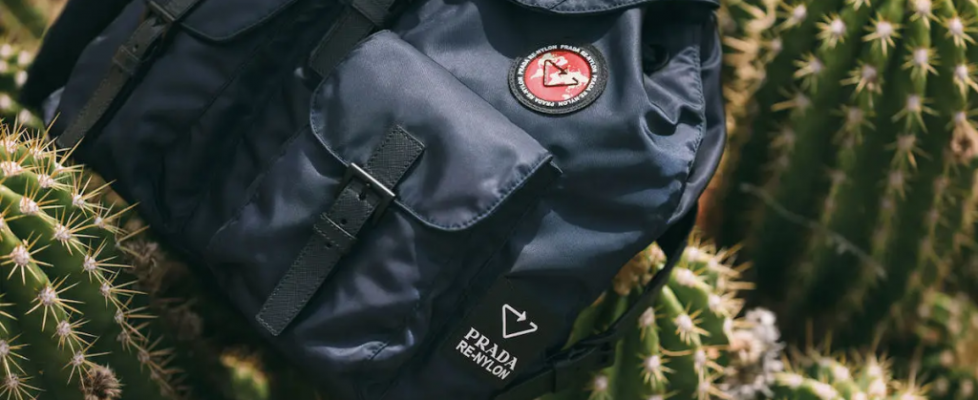Planet
“Planet” is one of the pillars of Fashion Business School at London College of Fashion. As the first section of the pillar, the significance of “Planet” is revealed, and people should be aware of the fact that a healthy environment and planet are the cornerstones of all human activities and development, including fashion industry.
To achieve the goal of environmental protection, The circular economy may be an effective step. The circular economy aims to eliminate waste and pollution, reusing materials and products and regenerating nature. The purpose of the circular economy is to minimise overconsumption and encourage people to buy second-hand products that are still valuable instead of tagged, thereby reducing waste and mitigating the excessive pollution caused by human daily production and consumption to the environment. By selling items that still have use value instead of directly discarding them, other consumers who have a demand for this product can buy second-hand goods, thus creating circular economy.
As the most polluting industry in the world, the fashion industry has gradually realized its own pollution, and sustainable fashion has become the latest and most popular industry standard and project in the fashion industry. Fashion sustainability must be driven and improved by many departments. Fashion companies, designers and consumers need to keep fashion sustainability in mind. As fashion companies, they need to take on the responsibility of developing more sustainable fashion solutions and inventions, such as refining recycling technologies. Marine Serre and Prada, for example, use a variety of technologies to make new clothes and other products by recycling used fabrics or materials. Fashion companies need to take the initiative to take more social responsibility and make tangible contributions to fashion sustainability, not just use this as a gimmick. Designers need to attract consumers with beautiful designs for all recycled fabrics, and they need to optimise their processes to ensure that consumers will be willing to pay for environmentally friendly products. Consumers need to consider whether the current consumption is a real demand or to follow the trend every time they consume, after all, the trend never stops, and only the classics will last forever. Consumers can also learn about high-quality second-hand products in addition to brand-new products and start with themselves to achieve circular economy.
As mentioned above, a factor, Responsible Consumption and Production, from the United Nations Sustainable Development Goals (SDGs), is the easiest goal for ordinary people to achieve. We can achieve environmental protection by reducing unnecessary consumption, and every consumer must take responsibility.
Bibliography
Ellen Macarthur Foundation (2023). What is a circular economy? [online] Ellen MacArthur Foundation. Available at: https://ellenmacarthurfoundation.org/topics/circular-economy-introduction/overview.
Ellen Macarthur Foundation (2023). The circular economy in detail. [online] ellenmacarthurfoundation.org. Available at: https://ellenmacarthurfoundation.org/the-circular-economy-in-detail-deep-dive.
Values • Marine Serre. (n.d.). Values • Marine Serre. [online] Available at: https://www.marineserre.com/en-uk/core/values.
Bateman, K. (2020). For Marine Serre, Upcycling Isn’t Just Some Sustainability Trend. [online] W Magazine. Available at: https://www.wmagazine.com/fashion/marine-serre-paris-fashion-week-green-upcycling-sustainable-moon-print.
Prada. (2019). Prada Re-Nylon. [online] Available at: https://www.prada.com/ww/en/pradasphere/special-projects/2020/prada-re-nylon.html.
United Nations (2022). Goal 4 | Ensure Inclusive and Equitable Quality Education and Promote Lifelong Learning Opportunities for All. [online] United Nations. Available at: https://sdgs.un.org/goals/goal4.
